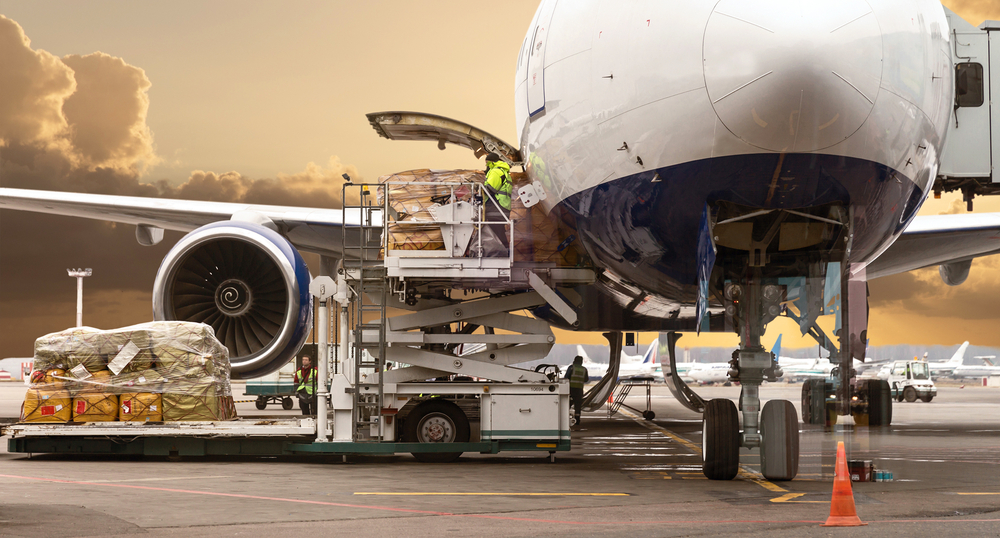Putzger perspective: Air cargo’s tricky navigation

The industry’s return to normal has been postponed while we’re trying to establish what normal we are returning to.
The pre-Covid normal, when half the global airfreight volume moved on passenger planes, continues to remain elusive.
British Airways announced in late August that it would scrap about 5,000 round-trip flights this winter schedule – about 8% of its timetable – after cancelling about 13% of its schedule this past summer.
In the US, more flights were cancelled in the first six months of this year than in the whole of 2021. These cancellations affected predominantly narrowbody shorthaul flights, but the underlying cause is of wider concern.
Airports and airlines have struggled to recruit labour – unlike in the days before Covid.
The recovery in longhaul flying certainly beefed up airfreight capacity on the North Atlantic, but much of this increase is expected to melt away with the end of the summer schedule, once again squeezing available lift and prompting forwarders to consider freighter capacity again.
Lufthansa Cargo is increasing its freighter flights to Chicago and Mexico City in the winter schedule.
The airline is also expanding its regional freighter operations with the arrival of its second Airbus A321F in October, which will be used to serve destinations like Madrid and London.
A Lufthansa freighter at the UK’s Heathrow Airport is a far cry from the pre-Covid days.
The dearth of belly capacity and the congestion on the ground, which has hit the large passenger hubs the hardest, have been a boon to freighter operators.
Despite signs of demand in decline, forwarders are still signing deals for dedicated freighter flights.
Finding places to land them is getting a bit harder, though. Israel was going to impose a ban on four-engine planes next spring, which would have banished 747 freighters from its airspace. However, this decision has been recently reversed.
The planned ceiling on flights at Amsterdam Schiphol Airport does not look like an invitation to steer cargo planes to the airport.
Even cargo airports are not an automatic bet. The new operating licence for Liege Airport for the coming 20 years imposes an annual limit of 50,000 aircraft movements over 34 tons, plus quotas on night flights and on noise reductions, all of which are not compatible with the airport’s master plan.
All of these developments make for an uncertain flight path going forward. There may be one return to old days, though. The bankrupt Frankfurt-Hahn Airport Group has found new owners who intend to grow the airport’s operations.
